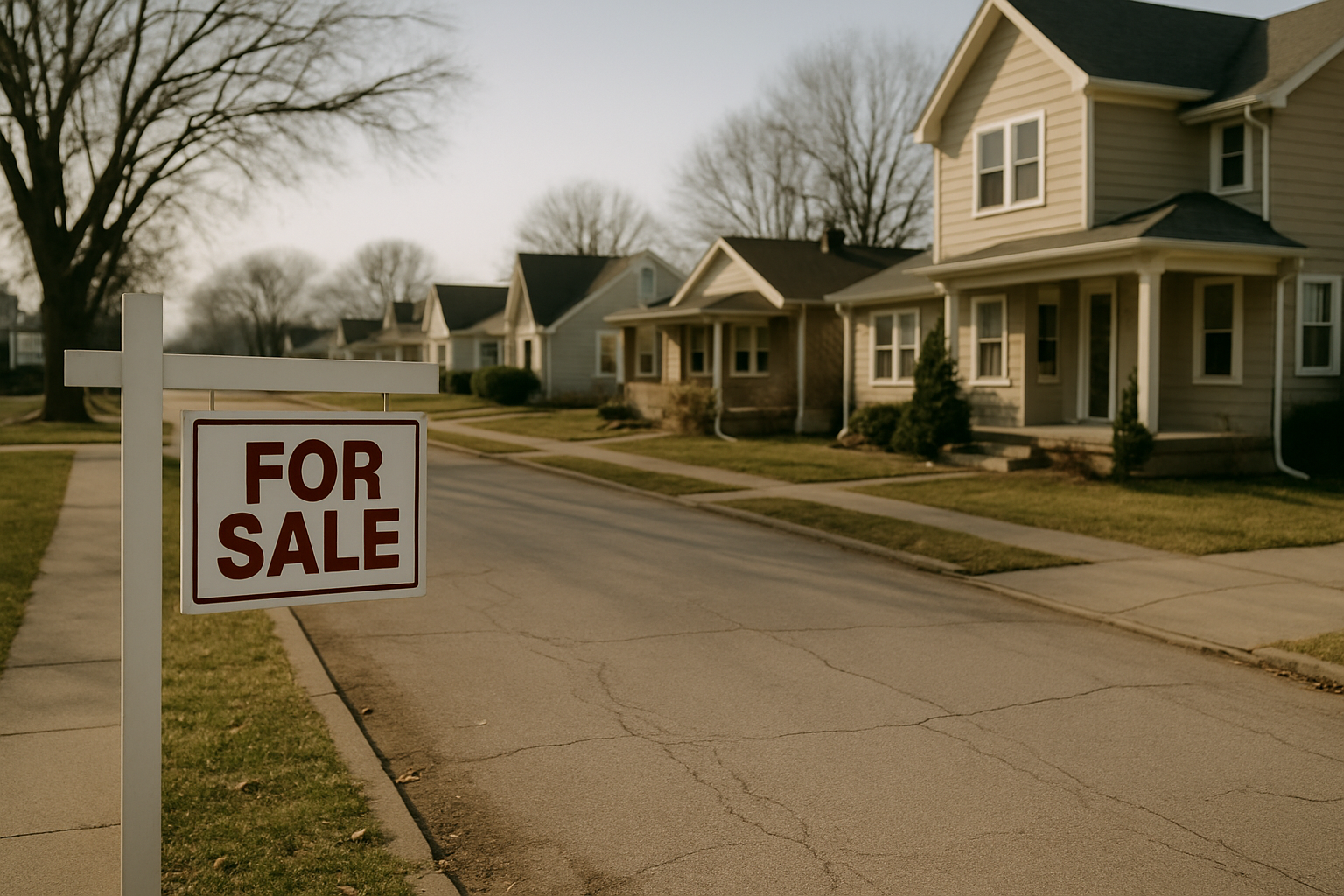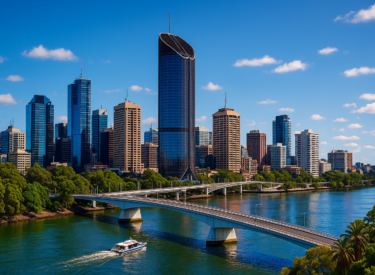
Key takeaways
High yields, low vacancies, and rising rents can look great on paper but fail in practice if the suburb isn’t investment-grade.
Regional towns and outer-ring suburbs often lack the emotional demand that drives long-term price growth.
Focus on the right asset in the right suburb, avoiding speculative markets.
Aim for quality, not quick wins, this builds lasting wealth and financial freedom.
Ever wonder why some properties just don't perform the way you'd hoped - despite the spreadsheet looking solid?
You're not alone.
Over the years, I've seen countless investors get lured into regional towns or outer-ring suburbs because the data looked good on paper: high yields, low vacancy rates, rising rents… supposedly. But many of these investors later learn a hard truth:
Numbers are meaningless if you're playing in the wrong neighbourhood.
At Metropole, we take a very different approach.
We deliberately seek out investment-grade properties in suburbs with strong owner-occupier appeal, not ones overrun by landlords.
And here's why that distinction matters more than most realise.
1. Owner-occupiers drive long-term capital growth
Let’s be blunt: owner-occupiers are emotionally driven – they buy with their hearts, not their calculators.
While investors crunch the numbers, owner-occupiers will stretch their budget to buy into a lifestyle.
They'll fight for a great school zone, pay more to be near cafés or leafy streets, and outbid for a renovated character home simply because it feels right.
That emotional premium inflates values—and that’s exactly what fuels capital growth.
In investor-heavy areas, you just don’t get that. Buyers are all looking for a deal.
Everyone is yield-focused. No one’s emotionally invested.
That keeps prices capped and competition rational. Not great if you’re counting on substantial capital gains.
2. Rents can stagnate in investor-dominated suburbs
Another reason we avoid investor-saturated locations is the potential oversupply of rental accommodation.
Think of places in some of the regional centres or Northern Queensland towns where inexperienced buyer’s agents are herding their clients all based on the same partially incorrect data.
Or the new estates in the outer suburbs where houses and duplexes spring up like mushrooms after rain.
You know what happens next?
- Everyone's got a similar rental to offer
- Competition spikes
- Renters can bargain
- And landlords—desperate to fill vacancies—start dropping rents
In these areas, rental growth flatlines, or worse, you get into a race to the bottom.
Your future income, which you rely on to service loans or fund retirement, becomes uncertain. And yields start looking a lot less attractive when you factor in turnover and vacancy loss.
3. Tenant quality and maintenance decline
Let’s talk reality: some tenants don't treat their rental property like a home.
It’s a place to stay, not something they’re emotionally or financially invested in. And while there are certainly great tenants out there, as a rule, renters don’t maintain properties like owners do.
Now, imagine multiplying that by an entire street or suburb filled with rentals. The lawns don’t get mowed. Gardens turn brown. Paint fades. And the vibe of the area declines.
Over time, these suburbs start to feel tired. Less desirable. Less safe.
And that affects your property's rental appeal, tenant quality, and resale value.
This isn’t just a theory - it’s backed up by what we see on the ground.
In owner-occupied suburbs, properties are well-kept, streets are tidy, and there's a sense of pride and stability. That adds long-term value.
4. We buy where affluent tenants want to live
At Metropole, we know your future income depends on your tenant’s ability to pay you more rent over time.
So we look for suburbs that attract affluent, aspirational renters - think professionals, double-income families, and people who are priced out of owning but want a premium lifestyle.
These are the people who:
- Value school zones
- Care about walkability
- Want to live near shopping, transport, cafés
- Are willing to pay more for convenience and presentation
Where do these people rent? Gentrifying inner and middle-ring suburbs in our capital cities, not speculative markets in Queensland’s far north or outer suburbia with patchy infrastructure.
5. The dangers of herd mentality and AI-driven decisions
Lately, I have noticed a worrying trend: younger and less experienced buyer’s agents using AI-aggregated data to make location decisions - often leading their clients into the same small cluster of suburbs or regional towns.
It’s become a herding effect. Everyone chases the same hotspots because the data looks sexy: “rents are rising,” “population is growing,” “vacancies are low.” But they forget that:
- These trends can reverse quickly
- Regional economies are more fragile
- And AI can’t measure emotional demand
When too many investors pile into the same area, it distorts the market when investors pay significantly above the fundamentals and what locals would be prepared to pay.
Eventually, prices and rents stall. Then you've got an oversupplied market and poor exit liquidity.
We’ve seen this play out before, in mining towns, in house-and-land estates, and now increasingly in some regional towns and outer suburban belts.
6. What we do instead at Metropole
Rather than chase fads, we follow a proven, structured framework:
- Location, location, location – Middle-ring suburbs in Melbourne, Sydney, and Brisbane with proven long-term growth
- Strong owner-occupier appeal – Areas where over 70% of homes are owner-occupied
- Gentrification indicators – Think: hip cafés, young professionals moving in, renovations happening
- Scarcity and low competition – Streets with limited supply and unique character
- Affluent demographics – owner occupiers who look after their houses and tenants who can and will pay higher rents
These locations withstand downturns, attract quality tenants, and deliver long-term wealth.
That’s why we buy properties as if we’re never going to sell them - because we know the right asset in the right suburb will outperform through every cycle.
Some final thoughts
At the end of the day, property investing is a long game.
It is a process, not an event, and the property you eventually purchased would be the physical manifestation of a whole lot of decisions you’ve made in the correct order.
It’s not about chasing yield or following the herd - it’s about owning the right type of property in the right suburb.
And that means avoiding investor hotspots and instead targeting suburbs that owner-occupiers love.
That’s what we do at Metropole—and it’s why our clients build lasting wealth, not just temporary gains.
If you’re ready to invest smartly and without speculation, maybe it’s time for a Wealth Discovery Session with one of our Wealth Strategists.
Click here now to book an obligation-free Complimentary Wealth Discovery Consultation to discuss your options.
Over the years, we have helped thousands of Australians safely build intergenerational wealth through strategic property and wealth advice. This financial freedom has given them more choices in their lives.














